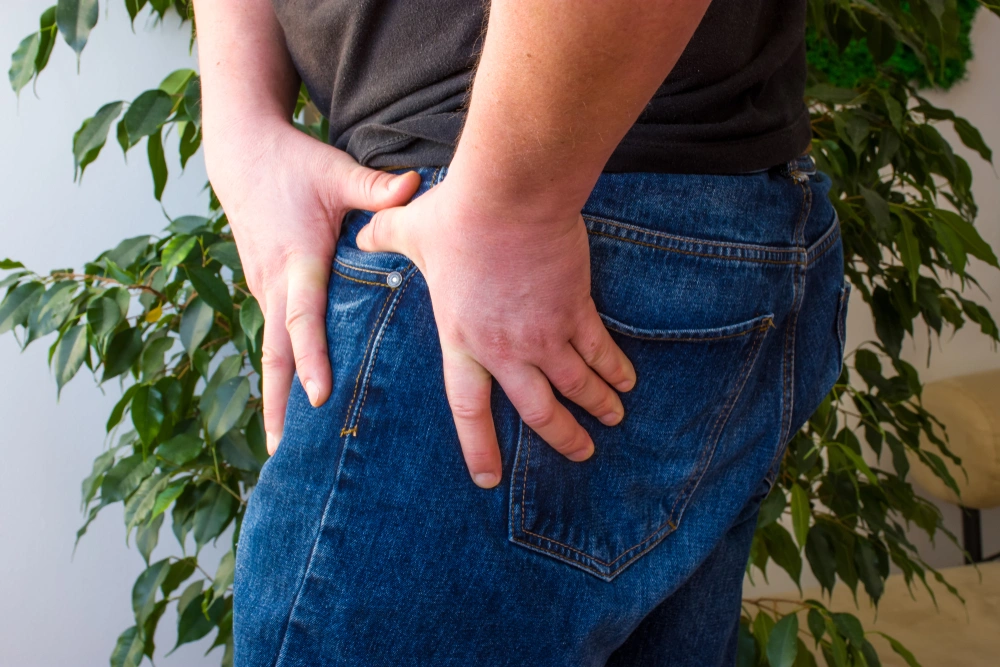What is Femoroacetabular Impingement? In recent times the hip joint has been recognised as a significant cause of hip and groin pain in the athletic population. It accounts for approximately 12% of soccer related injuries and is the third most common injury in the Australian Football League.
Groin pain is frequently reported in those with hip pathology attending for arthroscopy, evidenced by 92% of patients with labral tears. The most common site of pain referral in people with labral tears has been reported as the central groin region. Hip pain often coexists with other groin-related pathologies, including pubic and adductor symptoms, which can make tears, most likely due to impingement of the labrum between the bony components of the hip.
Which are the causes of Femoroacetabular impingement syndrome?
Femoroacetabular impingement syndrome (FAIS) is caused by premature contact of the femur and acetabulum during hip motion. The 3 classifications of FAIS are cam, pincer and Mixed impingement. Aspherical deformation of the femoral head occurs with cam deformity, whereas pincer deformity presents with excessive prominence of the outer rim of the acetabulum Mixed is the combination of the 2 types of deformity.
Repetitive abutment of hip structures may damage the labrum and contribute to the early onset of osteoarthritis.
The Physiotherapist assist patients with FAIS using nonoperative or postoperative exercise strategies. Both approaches demonstrate key exercise pillars: postural control (also known as postural positioning), core stabilization (also known as core strength), hip strength (also known as hip strength and motor control), and mobility (also known as functional range of motion [ROM])
Patients with symptoms that lasted 12 to 24 months or longer had worse surgical outcomes. This suggests that surgical intervention may be needed if symptoms have not resolved with nonoperative treatment within 3 to 6 months
Return to sport
Patients who pursue nonoperative approaches often have the same goals as patients who choose surgery: to return to the preinjury or sport performance level after an intervention.
In 6 weeks, the central goals should be to reduce pain in the affected hip to 0 to 2/10 (on a numeric pain scale), improve the range of motion and gradually reload the joint. In 12 weeks nonoperative Patients should be able to walk on varied terrain; jog for at least 30 minutes; and complete sport-specific tasks that involve cutting, jumping, and pivoting. Patients whom undergo for surgery may expect this goal at 13-16 weeks.
The timeline for return to play depends on the procedure performed and varies from patient to patient
Returning to sport is different from returning to the preinjury level of activity, which increases the difficulty of determining timelines for returning to sport.
Appropriate rehabilitation exercise progressions specific to the patient’s goals and response to therapeutic interventions are needed.
In conclusion
The evidence supporting the best conservative management for FAI is limited.
Given the rapid increase in interest in this condition, knowledge of appropriate rehabilitation programs will most likely grow in the coming years.
Conservative management of symptomatic FAI focuses on decreasing adverse hip loads through the implementation of hip muscle strength programs and modification of external joint loads. This may result in a lessening of symptoms associated with this condition.
To learn more about Injury Prevention, please visit our dedicated page here: Injury Prevention Program
